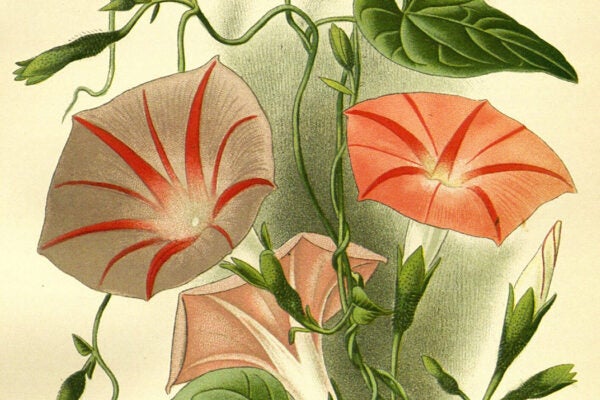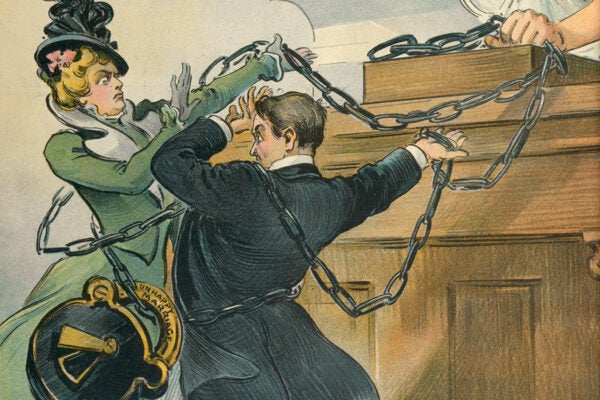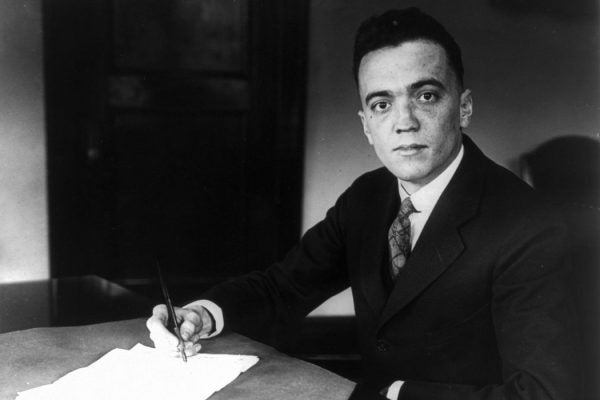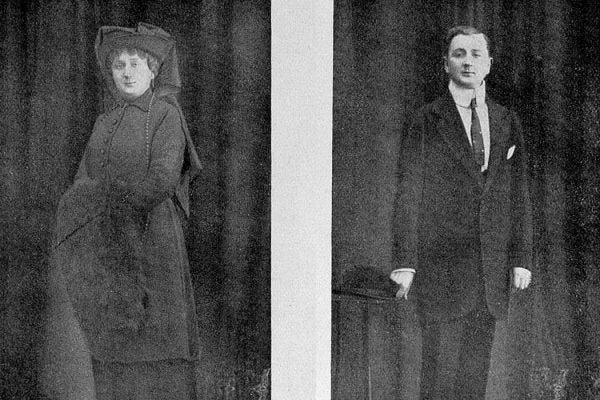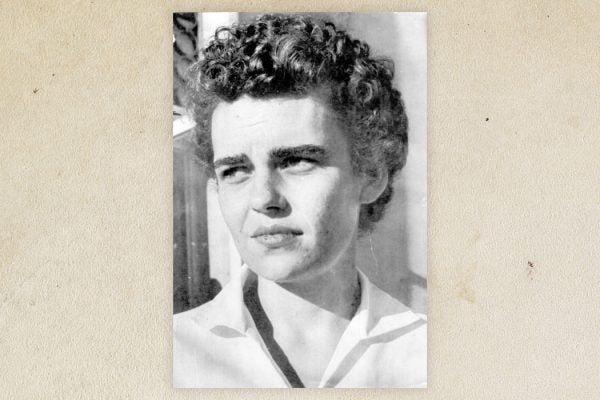Parents’ Rights, Sex, and Race in 1970s Florida
Save Our Children is remembered as an effort to keep gay people out of public life. But it was also rooted in the movement against school integration.
“Now We Can Begin”: Annotated
To mark the 1920 ratification of the Nineteenth Amendment to the US Constitution, activist Crystal Eastman described the path to full freedom for American women.
Publishing Queer Berlin
Weimar Germany was an improbably safe space for newspapers and magazines by and for lesbians.
Aphrodisiacs of the Aztec and Inca
Aztec and Inca societies used a huge number of aphrodisiacs, from peanuts to hallucinogenic mushrooms to insect larvae.
The Lost History of No-Fault Divorces
The regulation of divorce has changed a lot in the twentieth century. The National Association of Women Lawyers was instrumental in making that change happen.
The FBI and the Madams
J. Edgar Hoover saw the political effectiveness of cracking down on elite brothel madams—but not their clients—in New York City.
Out of the Card Catalog Closet
Librarians gathered in 1970 to challenge Library of Congress classifications and catalog subject headings that aligned homosexuality with deviance.
Visualizing Trans Identities
Photography played an important role in determining gender categories and presentations for both scientists and trans individuals in interwar Germany.
The Battle over Drag in 1960s San Francisco
The organized struggle for rights has been shaped by debates over the relationship between gender presentation and sexuality.
The Lesbian As Villain or Victim
In Oregon in the 1960s, the debate over capital punishment hinged on shifting interpretations of the gendered female body.



